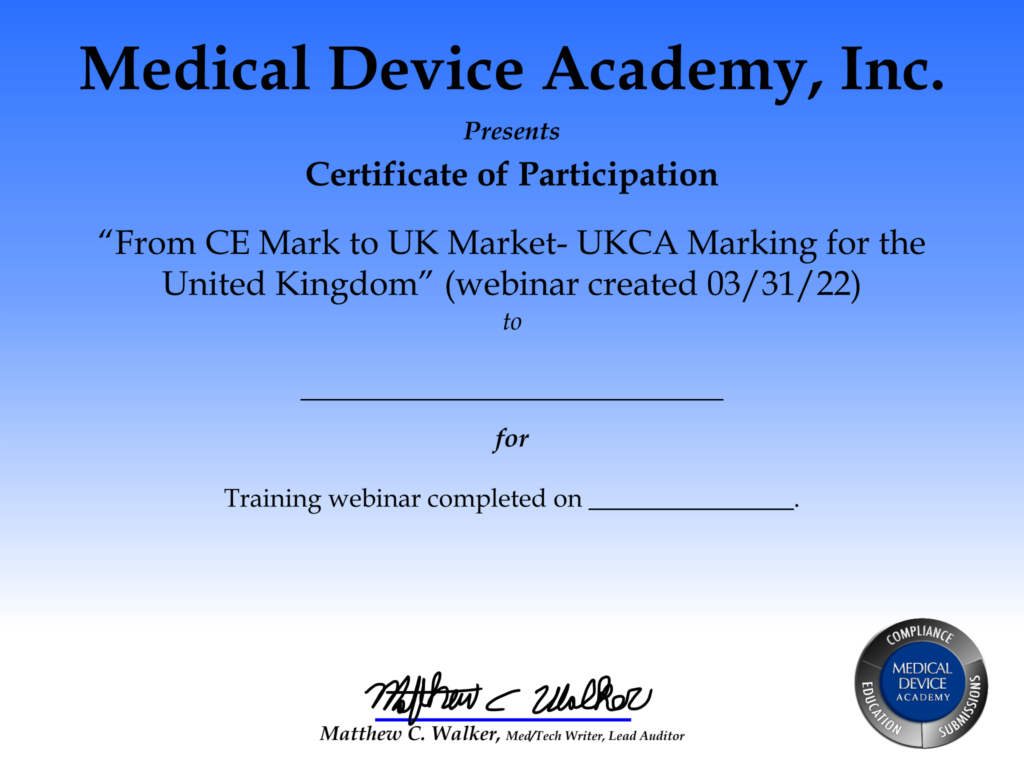5 ways to ensure you are a valuable management representative
This article gives you five ways a management representative can demonstrate value to medical device top management teams.

Align quality objectives with the company first and the FDA second
A fast way to alienate yourself as a management representative is to begin every conversation with a quote from the FDA regulations. Instead, ensure that quality objectives align with the company’s overall goals. For example:
- Is your company trying to launch a new product?
- Is your company trying to reduce scrap?
- Is your company trying to increase productivity?
Next, reword the company’s goals as quality objectives:
- Complete the design verification and validation of our new product by August 15.
- Reduce nonconforming products from the molding process by 50% this year.
- Increase the number of production lots released each week from four to five lots of 1,000 units per lot.
Next, ensure that your quality objectives are achievable, measurable, and have clear timelines for completion. Quality objectives should not be stretch goals. If you have to initiate a corrective action because you didn’t achieve a quality objective, you just create more work for yourself and the company.
Teach people to focus on the process and not the procedure
The FDA and the ISO 13485 standard require procedures to be established. However, if you focus on the documentation of processes, your company will do stupid things faster. Instead, management representatives need to be able to teach people how to make processes more effective before the processes are documented. Lean manufacturing techniques are not limited to manufacturing. You can apply lean methods to administrative processes too. For example:
- What information needs to be in a form?
- What is the correct order of tasks for the process?
- Is there duplicate or unnecessary information?
A management representative helps identify what to measure
In a management review meeting, the effectiveness of the quality system is reviewed, and improvements are identified. This does not mean the management representative needs to measure or create slides and graphs. As a management representative, you should ask the CEO the most important information they want from each department or member of top management. Once you know what information the CEO wants, please work with the other members of top management to find the most efficient way to get that information and graph it. Help the other managers identify who can generate the graph with the least effort (it’s seldom a manager), and help that person build the reporting of that information into their routine.
A management representative needs to share the spotlight
A management review meeting is only effective if the top management is engaged in the process. Therefore, the management representative should not create 100% of the slides or present 100% of the slides. Everyone should have a piece they are responsible for and can be proud of. When an individual or a team achieves a goal, we can celebrate the achievement in a management review. When an individual or team struggles, we can ask for help in a management review. If other members of top management are not engaged in preparation for a management review, they will not be enthusiastic about listening to the presentation either.
Have a positive attitude as a management representative
Everyone hates to listen to someone that has a negative attitude. As managers, we sometimes need to report bad news. However, we need to develop ideas to solve problems instead of just reporting gloom and doom. We also need to ensure we never miss an opportunity to report good news.
Management representatives should schedule reviews more often
This last section is a bonus (i.e., a sixth way to ensure you are a valuable management representative). Most management review procedures require a management review at least once per year. Unfortunately, there is little point in reviewing quality information from last February during this January. If changes to your quality system are planned or implemented, more frequent reviews are needed. Examples of changes that should prompt you to schedule an extra management review include mergers, new product launches, and employee turnover.
FREE Procedure and Training Webinar
If you want a free management review procedure and training webinar, please sign-up.
5 ways to ensure you are a valuable management representative Read More »

